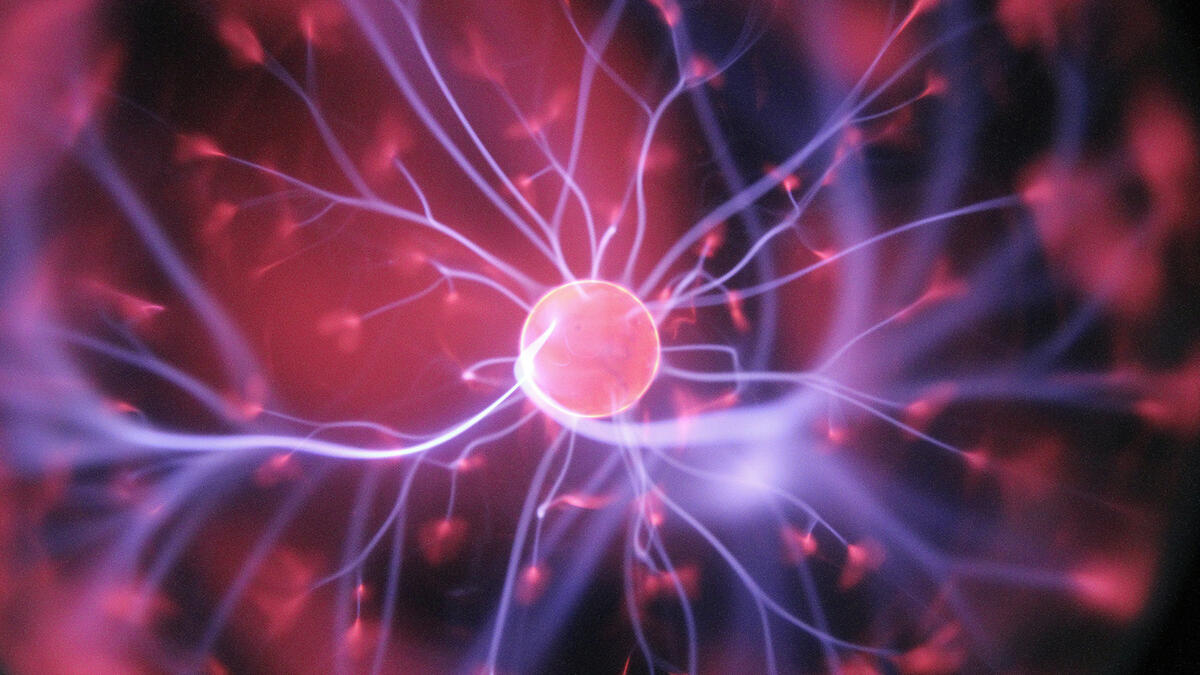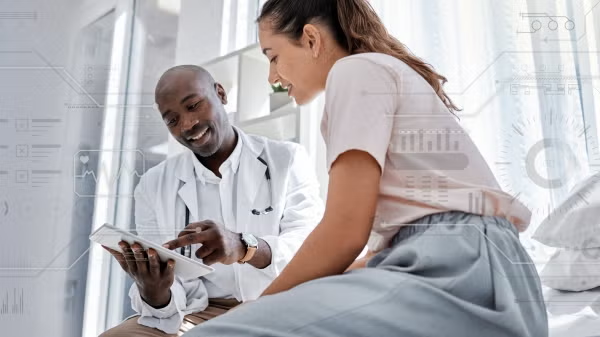ASU professor on Neuralink’s next steps as first human trial of brain implant begins

Image courtesy Unsplash
This week, Elon Musk announced that human clinical trials have begun on Neuralink’s Precise Robotically Implanted Brain-Computer Interface (PRIME) study, a medical device trial that uses a wireless, brain-computer interface designed to enable people with paralysis to control external devices with their thoughts.
According to Arizona State University’s Bradley Greger, an associate professor of neural engineering who first addressed the plausibility of Neuralink’s technology in late 2022, “This technology is going to be such a game changer.”
Greger has worked on restoring vision and speech using brain-computer interfaces, and is currently investigating how deep brain stimulation (DBS) treats patients with movement and pain disorders.
“We are currently using DBS technology to record signals from the human brain, but we only have several channels,” said Greger. “Neuralink is using different technology to record from what is equivalent to thousands of channels.”
As a neural engineer, Gregor offers his insights on what may be coming from Neuralink’s PRIME study.
Question: How accessible will this technology be to other researchers?
Answer: That’s going to be up to Neuralink. Every researcher I’ve ever talked with about Neuralink has asked the same question: “When are we going to be able to get our hands on it?”
Q: Is Neuralink currently partnering with a research hospital?
A: They definitely have partnered with a major neurosurgical center somewhere in America with this first patient study. Nobody knows which one — they don’t want media hounding the hospital, the family and, most importantly, the patient.
Q: Do you think Neuralink will soon partner with additional neurological research institutions?
A: Oh, absolutely — with multiple medical centers. I suspect that conversations and visits have been underway for a while. But potential partners are totally locked down by nondisclosure agreements as a precursor to research relationships.
The criteria for partnership will be finding qualifying patients, but also institutions with the surgical skill and support infrastructure. There are not a lot of places that meet that criteria.
If I were making the rounds for Neuralink, I’d be talking to the folks at Stanford, UC San Francisco, Barrow Neurological and Massachusetts General — the places that have the neurosurgical expertise and have a proven track record of performing well in this type of research.
Q: Will each of the partnering institutions have to go through the FDA approval process?
A: Probably not. The technology and procedures are already FDA approved. The partners will go through an institutional review board (IRB) process at their institutions — every major hospital has its own IRB.
Q: Will the initial study focus exclusively on paralysis patients?
A: Yes. I think the research partnerships they will take on first will focus on restoring movement for those with paralysis — patients that have amyotrophic lateral sclerosis (ALS) or severe spinal cord lesions.
Control of movement is one of the things we understand most about the brain, so I’d say it’s the easiest target to begin with.
I haven’t seen the actual protocol, but for this type of study you would typically want to work with about 10 or so patients.
Q: How long do you think it will be before they expand the trial?
A: This phase of the study will probably go about a year or two.
If it all goes well and the devices are working as anticipated, and the patients are healthy beyond their paralysis issues, Neuralink may then move beyond feasibility trials into testing safety and efficacy. For instance, they might have patients try to control robotic arms with their minds. With Neuralink’s technology, I think you could see that as soon as one year from now, or at the outside, two or three years.
In the approval for the FDA, they have to specify the type of patients they will work with.
Q: If and when Neuralink moves beyond paralysis studies, will they have to go through the FDA approval process again for a speech restoration study?
A: They will certainly need additional IRB approvals. FDA approvals revolve around the device. If they move to a speech restoration study, for example, researchers may have to get an investigational device exemption (IDE), but that’s a much more simple process than establishing the safety of the device itself.
For a vision restoration trial, they likely will have to go back to the FDA for another approval because that involves stimulation of the brain, which is quite different than this study. They probably have been working on a vision protocol in the background for years.
Although vision restoration will use the same technology, the same wiring and the same device, it will be implanted in in a different location and will involve electricity going into the brain rather than out of the brain. That’s what may make it different from the FDA’s perspective.
Q: How long will it take before Neuralink’s technology is actually available to the general public?
A: The technology may be generally available with a physician’s or surgeon’s prescription in several years. Therefore, most initial users will be patients with neurological disorders. I am somewhat skeptical that healthy people will undergo neurosurgery to get the device or that the surgery would be allowed without some medical condition to be treated by the device.
More Health and medicine

ASU's Roybal Center aims to give older adults experiencing cognitive decline more independence
For older people living alone and suffering from cognitive decline, life can be an unsettling and sometimes scary experience.Arizona State University is out to improve that experience.Two projects…

Dynamic data duo advances health research
The latest health research promises futuristic treatments, from cancer vaccines to bioengineered organs for transplants to medical nanobots. While these technologies may one day be…

New study reveals high levels of toxins in seized cannabis from Arizona and California
A recent study conducted by researchers from Arizona State University has uncovered alarming levels of Fusarium mycotoxins in illicit cannabis samples seized in Arizona and California.The study found…

